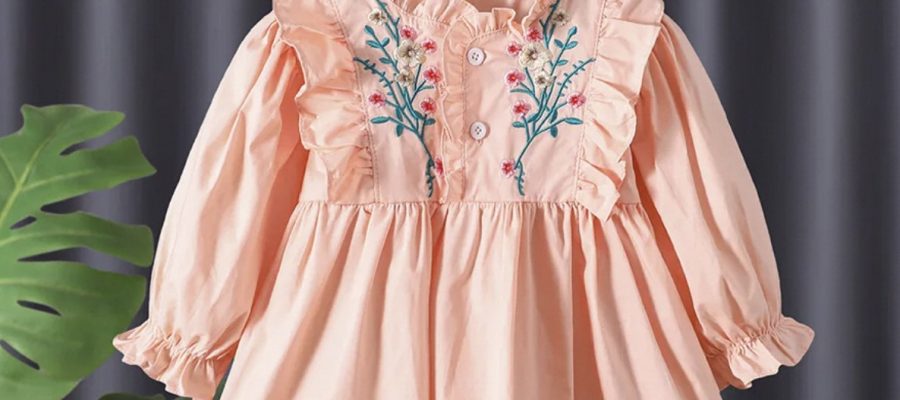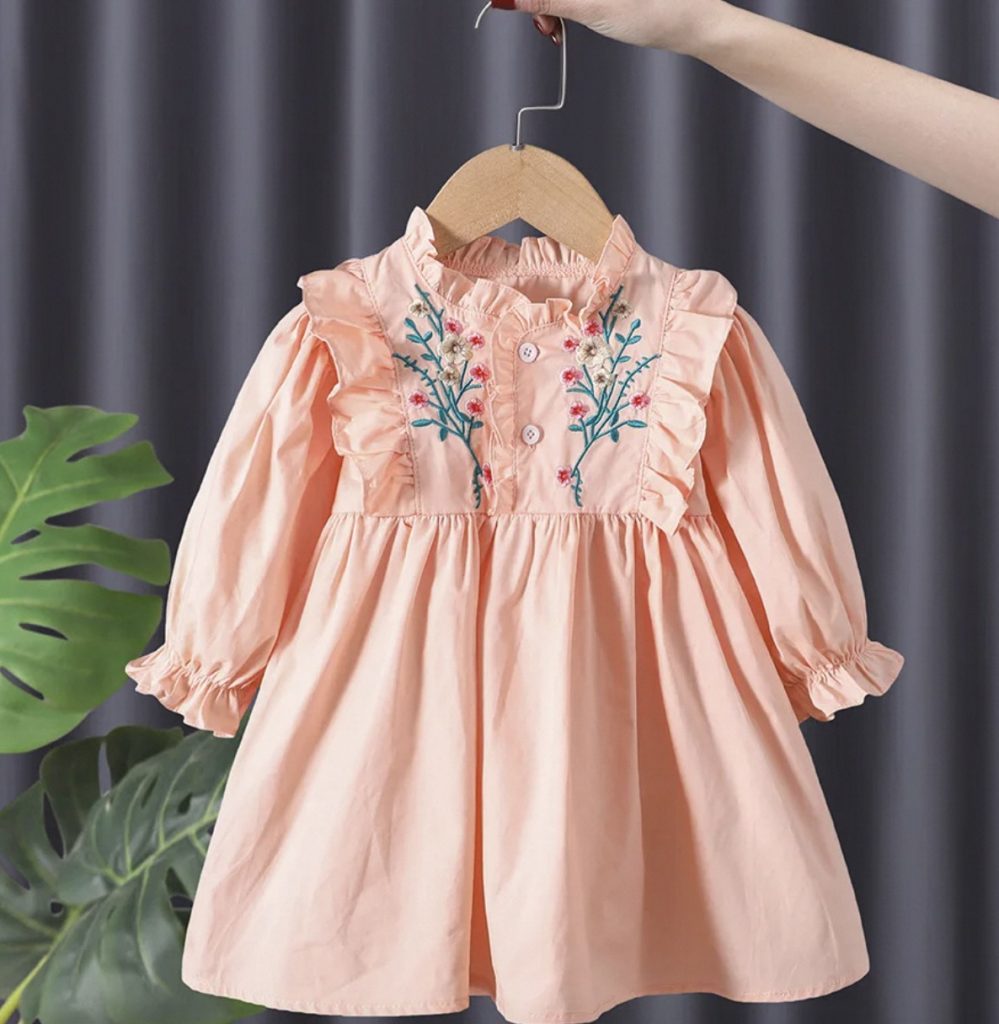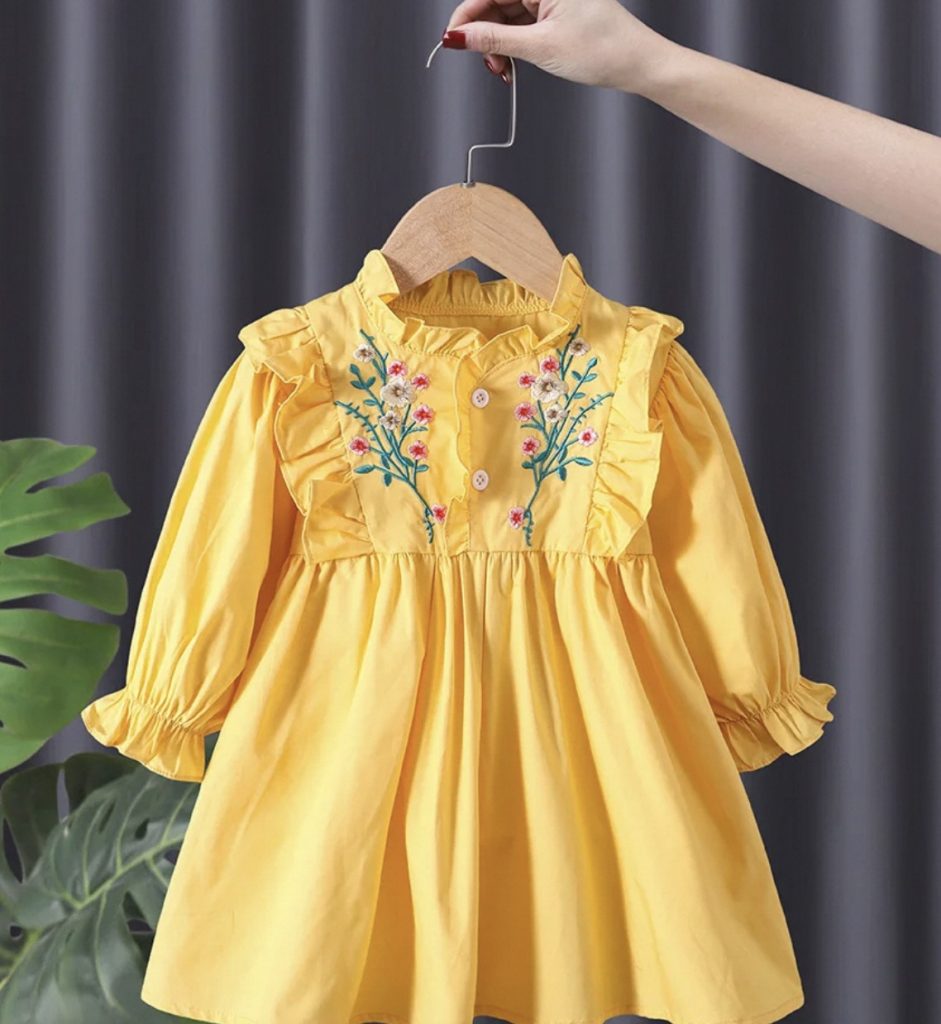In the world of crafts and textiles, flower embroidery holds a special place, weaving together the timeless allure of nature with the meticulous artistry of needlework. The intricate process of creating blooming patterns on fabric not only showcases the embroiderer’s skill but also brings to life a rich tapestry of cultural heritage and personal expression. Let’s delve into the fascinating world of flower embroidery, exploring its varied techniques, historical significance, and modern-day applications.
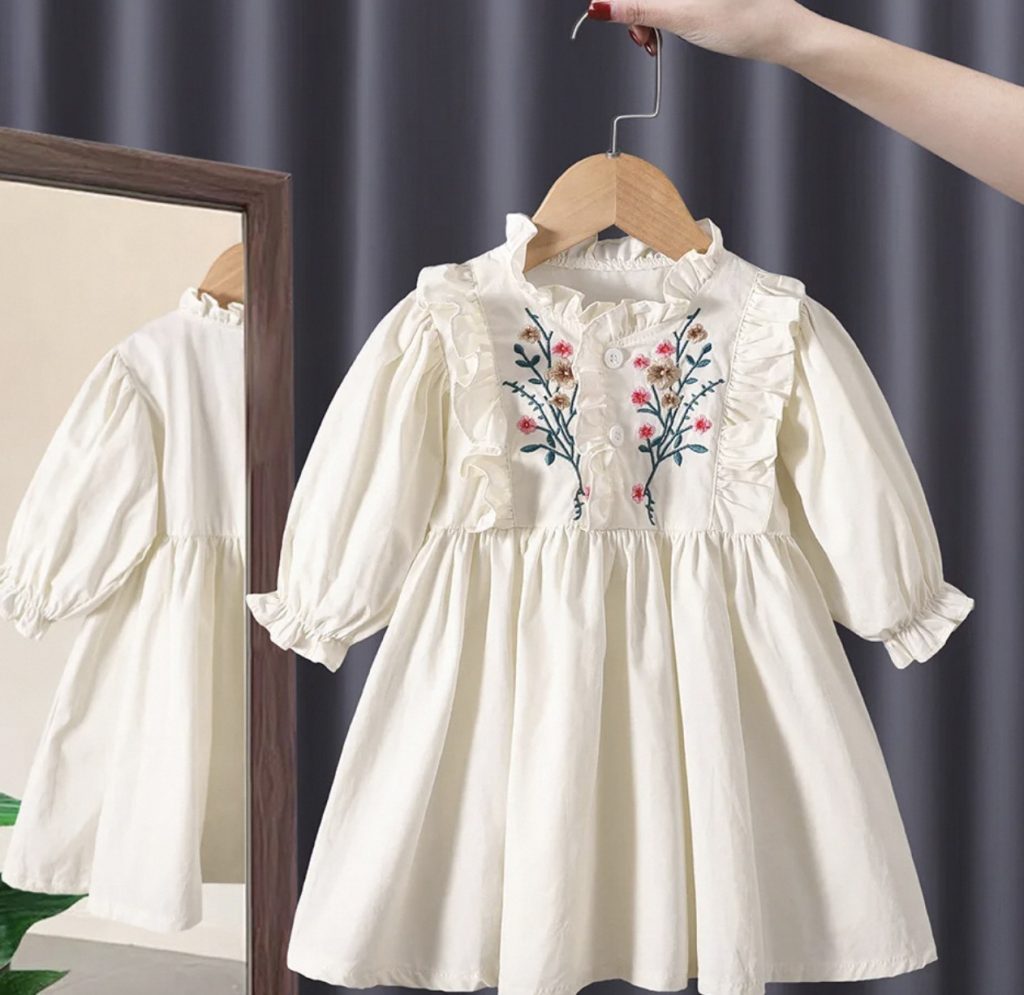
The Essence of Flower Embroidery
Flower embroidery involves stitching designs of flowers onto fabric using threads of various colors. This art form is known for its versatility, as it can adorn everything from garments and accessories to home décor. The choice of flowers, colors, and stitching techniques allows for endless creativity, making each embroidered piece a unique work of art. Moreover, the process of embroidery, with its focused and repetitive motions, can be incredibly meditative, offering a serene escape to those who partake in it.
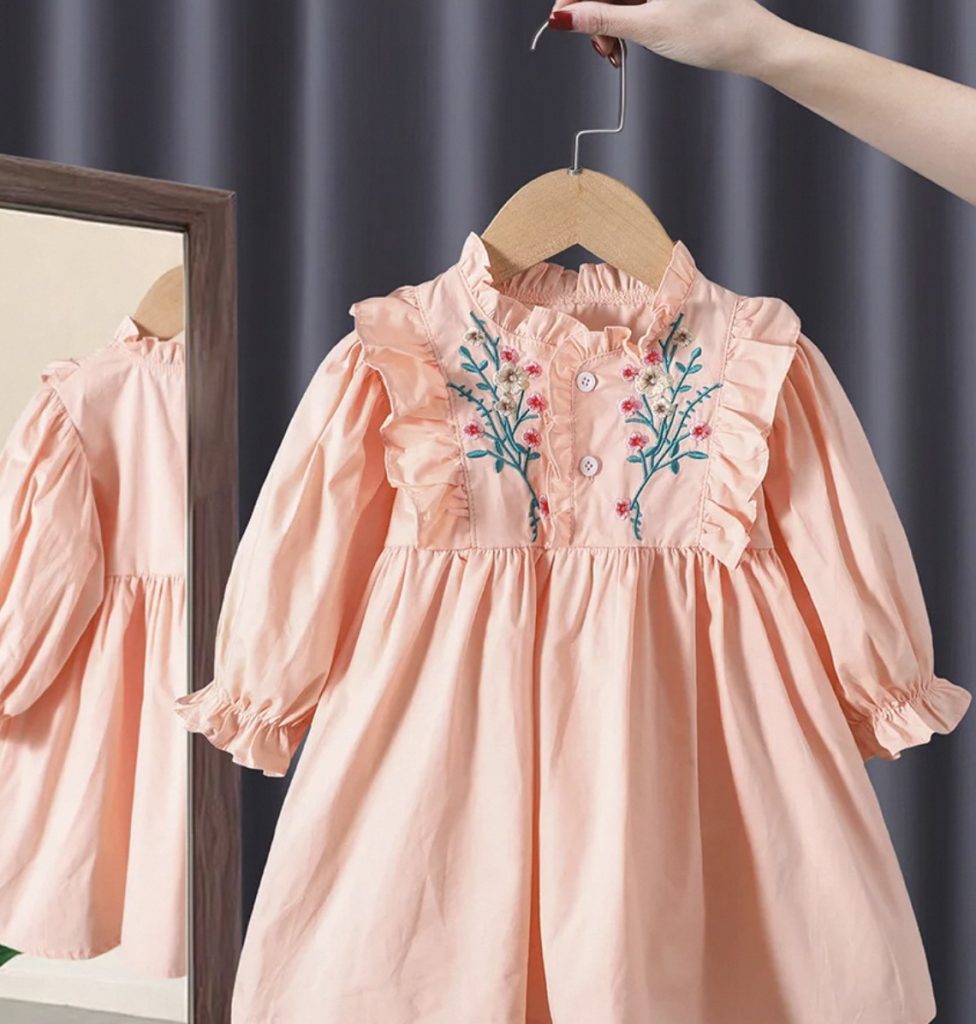
Techniques That Bring Flowers to Life
Several techniques in flower embroidery stand out for their ability to create lifelike representations of blooms. Among these, satin stitch, French knots, and lazy daisy stitches are particularly popular.
- Satin Stitch: This technique involves flat stitches that are closely placed together to fill in the petals or leaves, resulting in a smooth, satin-like texture.
- French Knots: Perfect for mimicking the center of flowers or adding texture, French knots involve wrapping thread around the needle several times before inserting it back into the fabric.
- Lazy Daisy Stitch: This looped stitch is ideal for creating individual petals or leaves, giving the appearance of open daisies or simple leaves.
Mastering these techniques can transform simple designs into vibrant floral scenes that seem to leap off the fabric.
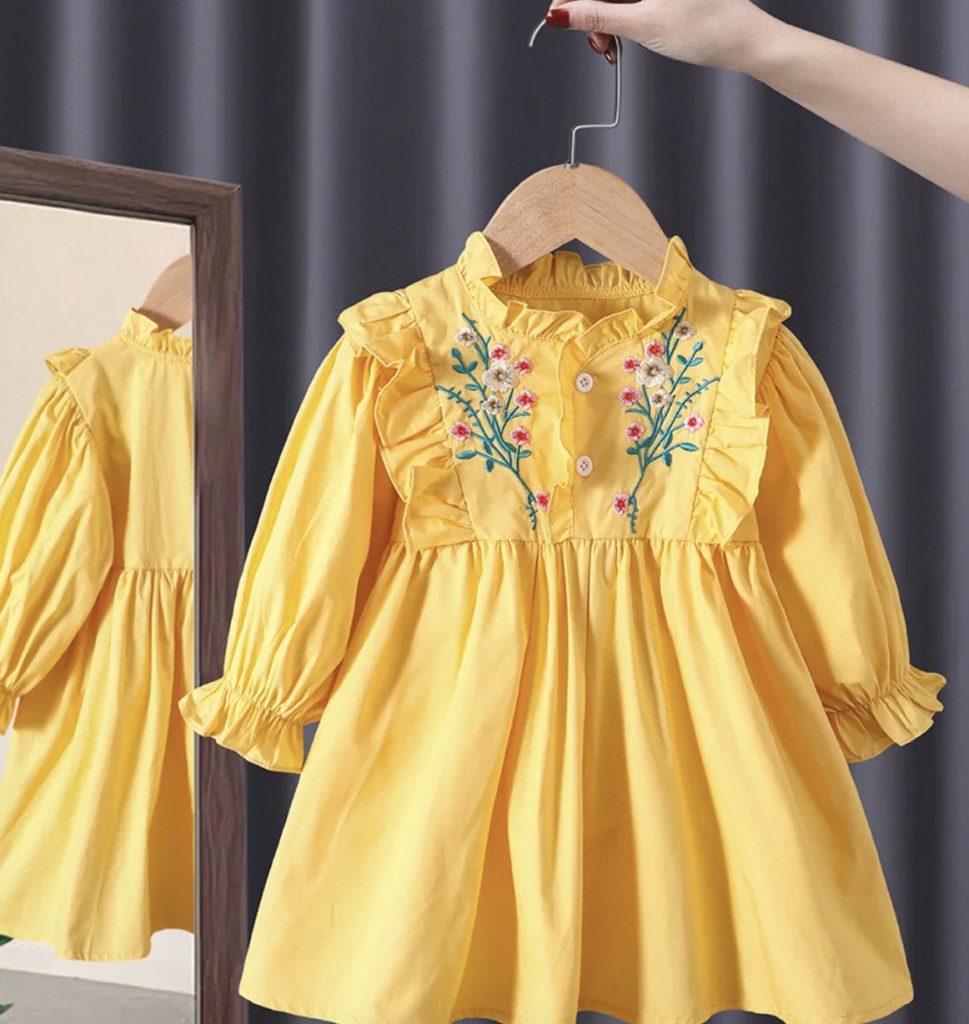
Historical Roots of Flower Embroidery
The tradition of flower embroidery spans across cultures and epochs, with each civilization incorporating its symbolic representations and stylistic preferences. In China, for example, flower embroidery has been an integral part of the culture since the Zhou Dynasty, often symbolizing good fortune and happiness. Similarly, in medieval Europe, embroidered flowers adorned religious garments and tapestries, each species bearing its own Christian symbolism.
These historical practices have laid the groundwork for contemporary flower embroidery, which continues to draw inspiration from the past while incorporating modern twists.
Modern Applications: Beyond the Fabric
Today, flower embroidery boldly transcends the boundaries of traditional textiles. Modern applications have seen it grace the catwalks of high fashion, the covers of elegant journals, and even the walls of contemporary art galleries. Social media platforms buzz with vibrant images of innovative embroidered artwork, from minimalist designs to intricate landscapes teeming with floral life.
The versatility of flower embroidery allows it to blend seamlessly with other crafts. For instance, it is not uncommon to see embroidered flowers enhancing handcrafted jewelry, customizing personal accessories like bags and shoes, or adding a touch of elegance to handmade greeting cards.
The Personal Touch: Customization and DIY Projects
One of the most appealing aspects of flower embroidery is the ability to personalize items with hand-stitched blooms. Whether it’s embellishing a denim jacket, personalizing a tote bag, or adding flair to pillowcases, the inclusion of embroidered flowers instantly elevates the item’s aesthetic appeal. This customization offers a fulfilling way to express individual style while creating heirloom-quality pieces that can be cherished for years to come.
For those interested in diving into DIY projects, numerous online tutorials and pattern books are available to guide beginners through basic stitches and designs. The sense of accomplishment that comes from creating a beautiful piece of flower embroidery is unmatched, encouraging crafters to continue exploring and refining their skills.
Flower Embroidery: Blossoming in Style
Flower embroidery adds a touch of nature’s grace to any garment, creating a delicate, feminine aesthetic. The intricate patterns can elevate a simple red mini dress, transforming it into a statement piece for a night out. The vibrant threads interwoven on the fabric bring life and dimension, making the dress not just a piece of clothing, but a canvas of botanical art.
Flower Embroidery on Casual Attire
Casual wear can also benefit from the beauty of flower embroidery. By adding it to a laid-back virgin killer sweater, the playful sultriness is complemented with a dash of elegance. This combination of relaxed fit and refined detailing strikes a balance between comfort and sophistication, making for a unique ensemble that stands out in any casual setting.
Chic Evenings with Flower Embroidery
When the sun sets and evening plans arise, a mini dress with flower embroidery becomes the perfect companion. It’s not just any mini dress, but one that whispers tales of gardens and romance under moonlight. Whether it’s dinner at a fancy restaurant or a stroll along the boardwalk, the embroidered accents promise a look that’s both chic and captivating.
Unleashing Confidence with Flower Embroidery
No outfit is too bold for the addition of flower embroidery. The embroidered elements can bring a new level of allure to the daring cuts of a virgin killer sweater. This mix of audacious design and the softness of floral patterns enables a confident statement that’s both alluring and tastefully artistic.
The allure of flower embroidery in fashion is its ability to convey femininity and artistry across various styles. From the fiery charm of a red mini dress to the relaxed yet risqué virgin killer sweater, flower embroidery serves as a bridge between boldness and elegance. It challenges the simplistic nature of the mini dress, turning it into an emblem of fashion-forward sophistication. Each thread and petal sewn into the fabric celebrates the diversity of style and personal expression, allowing the wearer to bloom with confidence in their sartorial choices.
Concluding Blossoms
Flower embroidery, with its rich heritage and versatile applications, continues to enchant and inspire. Whether as a hobby, a means of personal expression, or a professional pursuit, the art of stitching flowers onto fabric is a delightful way to celebrate nature’s beauty and human creativity. As we look to the future, it’s exciting to consider how this timeless craft will continue to evolve, bloom, and spread joy.
